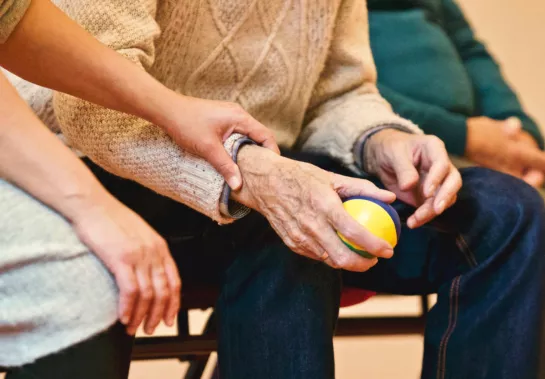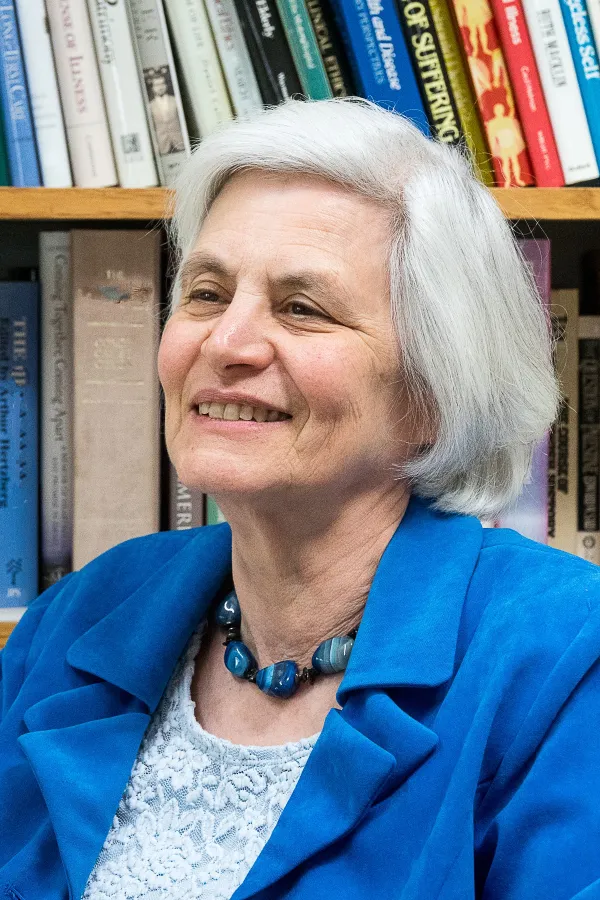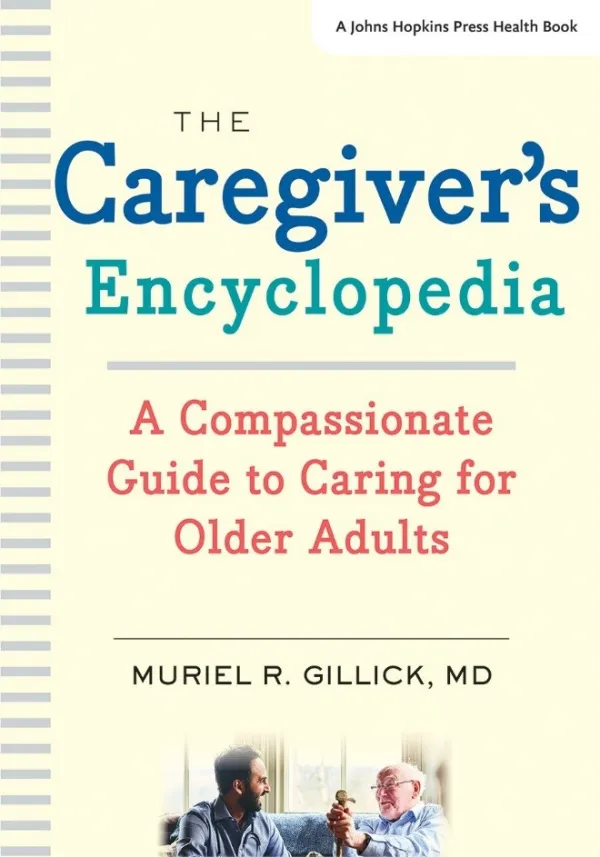Muriel Gillick - The Caregiver’s Encyclopedia: A Compassionate Guide to Caring for Older Adults

Institute Professor Muriel Gillick is a physician specializing in geriatric and palliative care. Dr. Gillick’s ninth book, The Caregiver’s Encyclopedia: A Compassionate Guide to Caring for Older Adults, is now available from Johns Hopkins University Press. We spoke with Dr. Gillick to learn more about her motivation for writing the book, and why this topic is so timely.

A: Caregivers are the backbone of care for frail older adults. They take their relative to the doctor’s office, pick up prescriptions, schedule appointments, and provide personal care (help with shopping, finances and sometimes assistance with dressing or bathing). But they have another critically important role that has received far too little attention: they help manage their relative’s chronic medical conditions. In addition to carrying out medical and nursing tasks such as dispensing medications, changing dressings on wounds, and operating medical equipment including dialysis machines and ventilators, they are engaged in day-to-day medical decision-making. They are instrumental in determining whether care is received at home or in the hospital, whether the patient undergoes surgery or not, and whether nutrition is provided by mouth or via a feeding tube. But without adequate knowledge, skills, and support, caregivers cannot fulfill these responsibilities. My hope is that The Caregiver’s Encyclopedia will serve as a companion on the caregiving journey, providing both information and guidance.
Q: You address unpaid caregivers—family members or sometimes friends who provide a variety of kinds of assistance to frail older adults. What are some of the challenges facing today’s caregivers, and how can your book help them meet these unique challenges?
A: Caregivers often find their work stressful and burdensome. They have too many demands on their time, with family caregiving detracting from family, social, and professional obligations. They find the work emotionally and sometimes financially draining as well. Social workers and physicians have increasingly recognized that family caregivers benefit from support groups, from special arrangements in some states allowing Medicaid to pay them as home health aides, and from respite care for their family members. But caregivers report they are largely unprepared for providing complex medical care. The Caregiver’s Encyclopedia addresses this important need.

Q: You speak about the importance of caregiving and the complex role caregivers play. But none of this is new. Why write this book now?
A: Several reasons. The “oldest old,” those 85 and older, is the most rapidly growing segment of the population. This group has a large percentage of frail older adults who depend on family caregiving. At the same time, the “old age dependency ratio” is growing—there are more and more older individuals for every working-age person. And just when as the number of people needing assistance is increasing and the number of family members available to provide that care is decreasing, American immigration policy is severely limiting the supply of paid caregivers (the home health aides and homemakers who can take on some of the caregiving responsibilities) and government programs are cutting back on the services they will pay for (creating restrictions on coverage for such services as home nursing and physical therapy). As a result, the need to support family caregivers is greater than ever.
Q: You have been called a thought leader in the field of geriatrics and the care of aging patients. Your book is described as helping the caregiver to “think like a doctor” – is this your goal?
A: I prefer to say that family caregivers should partner with the physician and other members of the medical team (social worker, nurse practitioner or physician assistant and, in some cases, physical therapist, nutritionist, or occupational therapist). Caregivers should not feel they have to act as a nurse or physician; in fact, even when the caregiver is a health care professional, the two roles should be kept separate. But management of a chronic disease—and many older individuals have multiple chronic conditions—requires a team effort. If caregivers are to fulfill their potential, to make sure the health care that their relatives receive is consistent with their preferences, values, and goals, then they have to work with the medical team. That means participating in medical decision-making and developing a plan of care—a strategy for what to do when the patient develops an acute problem—as well as simply following the physician’s orders.
For more on Dr. Gillick’s perspectives on the issues facing the aging population and their caregivers, follow her on Twitter @MurielGillick and subscribe to the Life in the End Zone blog.